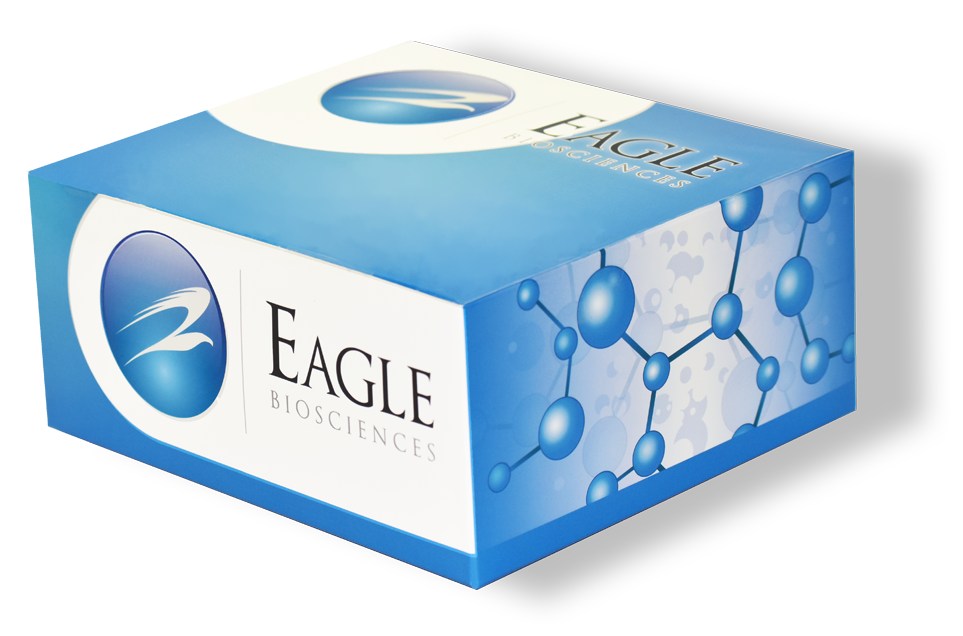H460 human lung carcinoma expressing TurboGFP
The H460 human lung carcinoma expressing TurboGFP is For Research Use Only
H460 (NCI-H460 non-small human lung carcinoma) cells were stably transfected with a plasmid coding for TurboGFP. The cells show a bright green fluorescence evenly distributed throughout the cytosol and the nucleus and are an ideal tool for studies of apoptosis and drug resistance. The H460 cell line was established by A.F. Gazdar and associates in 1982 from the pleural fluid of a patient with large cell cancer of the lung. This cell line forms tumors in nude mice and is an established lung cancer model for the development of anti-tumor reagents.
This product contains a proprietary nucleic acid from coding for a proprietary fluorescent protein(s) intended to be used for research use only.
Specifications:
Cell Line: H460 (NCI-H460) cells expressing TurboGFP
Cells/vial: approximately 5 x 105
Subculturing: 1:3
Medium Renewal: 2 to 3 times per week
Growth Medium: RPMI-1640 (2,0 g/L NaHCO3) + 10 % fetal calf serum (FCS), 2 mM L-Alanyl-L-Glutamine, 1 % Non Essential Amino Acids (NEA)
Freeze Medium: Complete growth medium + 10% FCS, 10% DMSO, mycoplasma-free
Shipping: Frozen
Storage Recommendation: Liquid Nitrogen
Biosafety Level: 1
Alternative Name: NCI-H Human Lung Carcinoma Expressing Turbo GFP
INFORMATION
Organism: homo sapiens (human)
Source: Organ: lung, disease: carcinoma
Gender: male
Tumorgenetic: yes
Growth properties: aherent
Morphology: epithelial
Conditions: 37 °C, 5 % CO2
Plasmid: pTurboGFP (Evrogen, Moscow, Russia)
Related Products
Mel-Juso human melanoma expressing far-red TurboFP635
Mel-Juso human melanoma expressing deep-red TurboFP602
MeWo human melanoma expressing far-red TagFP635



